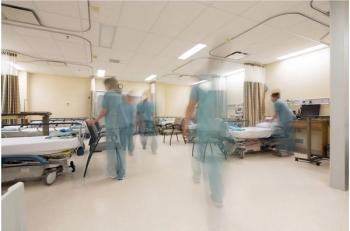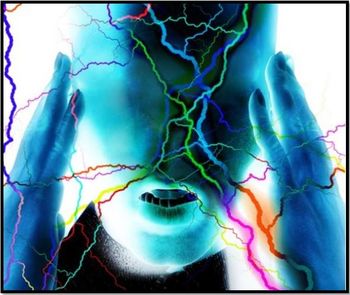
AHS: Better Sleep May Mean Fewer Transformed Migraines
LOS ANGELES - Sleeping well, plus behavioral modification techniques, may be a start toward relieving the chronic, daily headaches called transformed migraine, researchers said here.
LOS ANGELES, June 30 - Sleeping well, plus behavioral modification techniques, may be a start toward relieving the chronic, daily headaches called transformed migraine, researchers said here.
These approaches may allow a significant proportion of patients with transformed migraine to reduce their headache severity and even revert to a less frequent category of migraine called episodic migraines, said neurologist Anne Calhoun, M.D., of the University of North Carolina at Chapel Hill.
"Non-restorative sleep may be involved in the migraine's transformation process," she reported in an oral presentation at the American Headache Society meeting.
The study included 43 women with transformed migraine treated at a single center. They were randomized to usual medical care with behavioral sleep modification or usual medical care plus sham behavioral instructions. All sleep medications were discontinued during the study.
Behavioral sleep modification included scheduling consistent bedtime that allows eight hours in bed, eliminating TV watching and other such activities in bed, the use of visualization techniques, moving dinner to at least four hours before bedtime, limiting fluid intake within two hours of bedtime, and discontinuing naps.
Sham instructions included things that would sound plausible to the patient but not impact sleep hygiene, such as to schedule a consistent dinner time, and have one protein serving at breakfast.
The behavioral sleep medication group had a greater reduction in migraine frequency from 24.2 episodes in 28 days at baseline down to about 17 in 28 days compared to an increase in frequency for the sham group from 23.2 episodes in 28 days at baseline to about 24 in 28 days (P=0.001).
Headache index scores decreased significantly in the treatment group compared to the control arm: a decrease from 46.7 to 28.3 compared to a decrease from 50.2 to 44.1 (P<0.01).
Of the 23 patients who received behavioral sleep modification instructions, 35% reverted back to having episodic rather than daily migraines while none of the sham group reverted to episodic migraines (P=0.029)
After the second office visit, the sham group was crossed over to sleep modification. By the third office visit, 58% in the original sleep modification arm had converted to episodic migraines and 43% of the cross-over arm had reverted to episodic migraines.
Dr. Calhoun reported that better adherence to the sleep modification instructions was correlated with higher numbers of patients who reverted to episodic migraines.
This study was supported by the National Headache Society.
Newsletter
Enhance your clinical practice with the Patient Care newsletter, offering the latest evidence-based guidelines, diagnostic insights, and treatment strategies for primary care physicians.































































































































































































































































































































